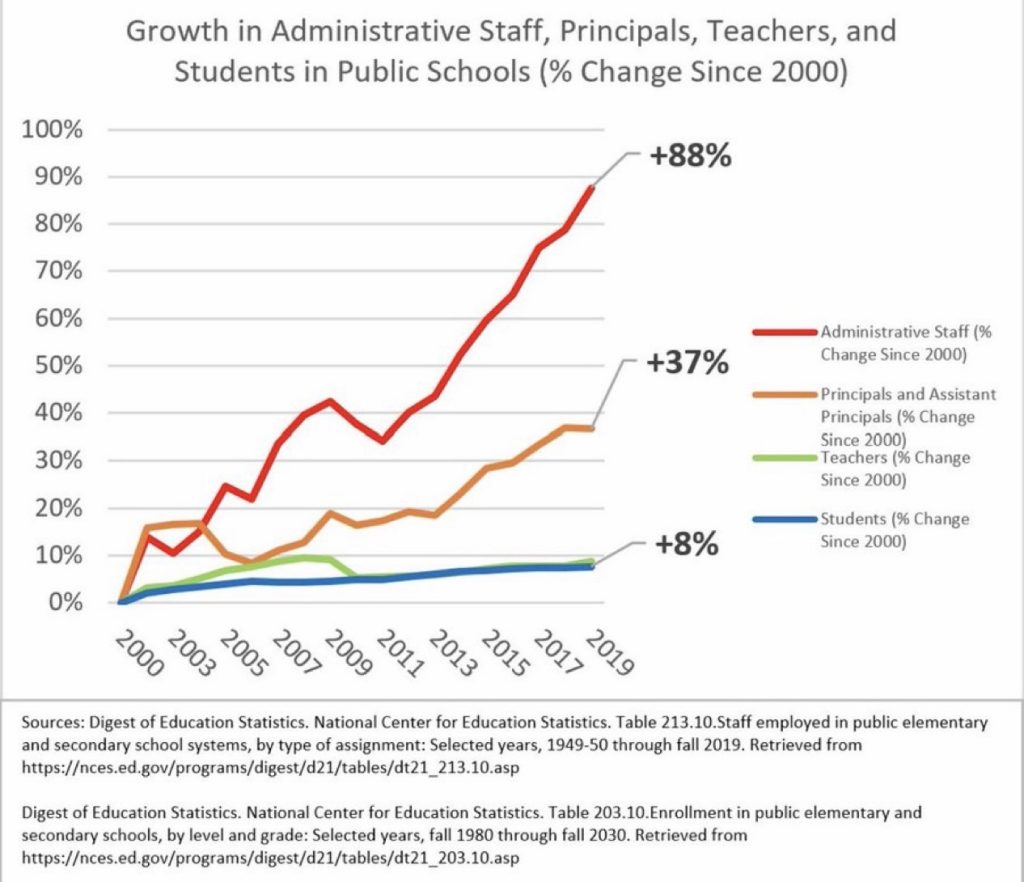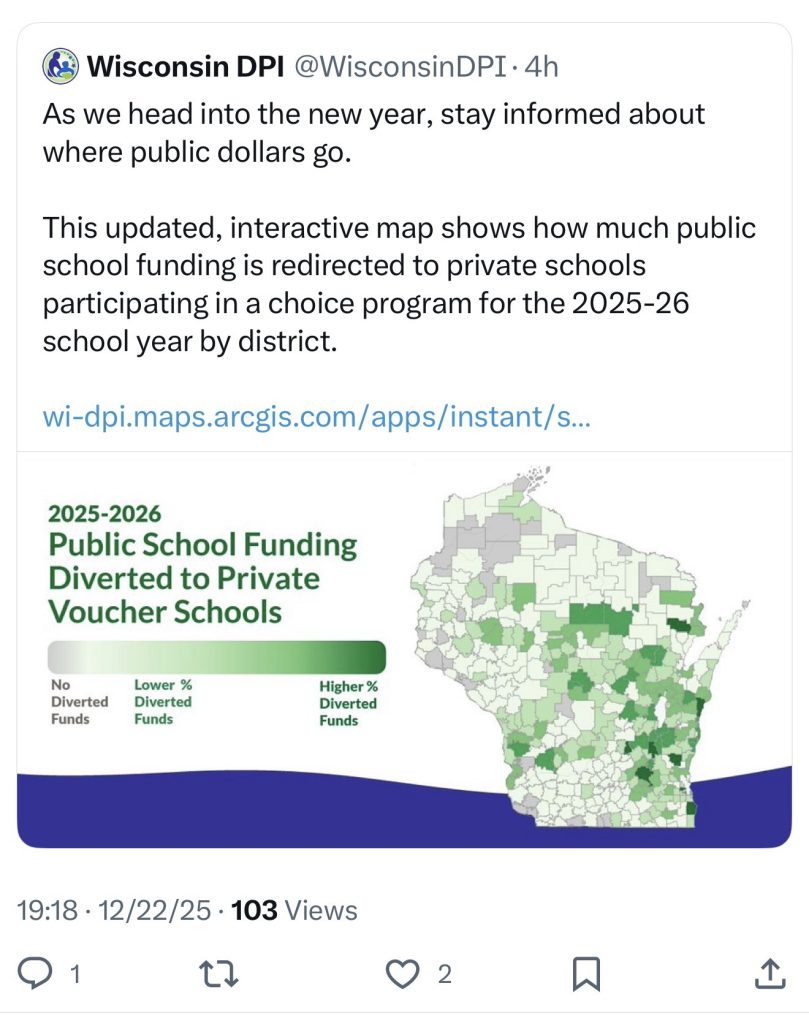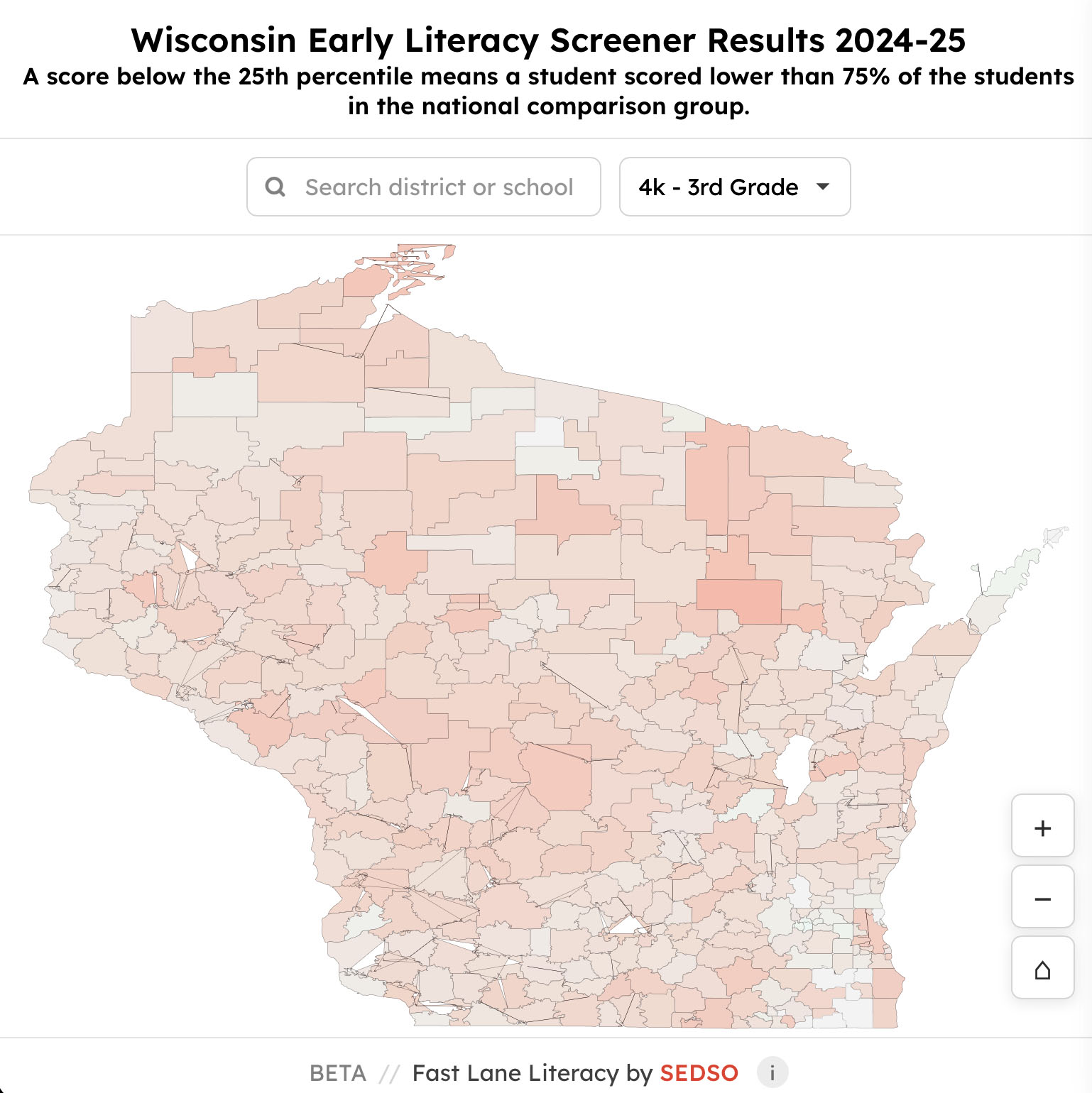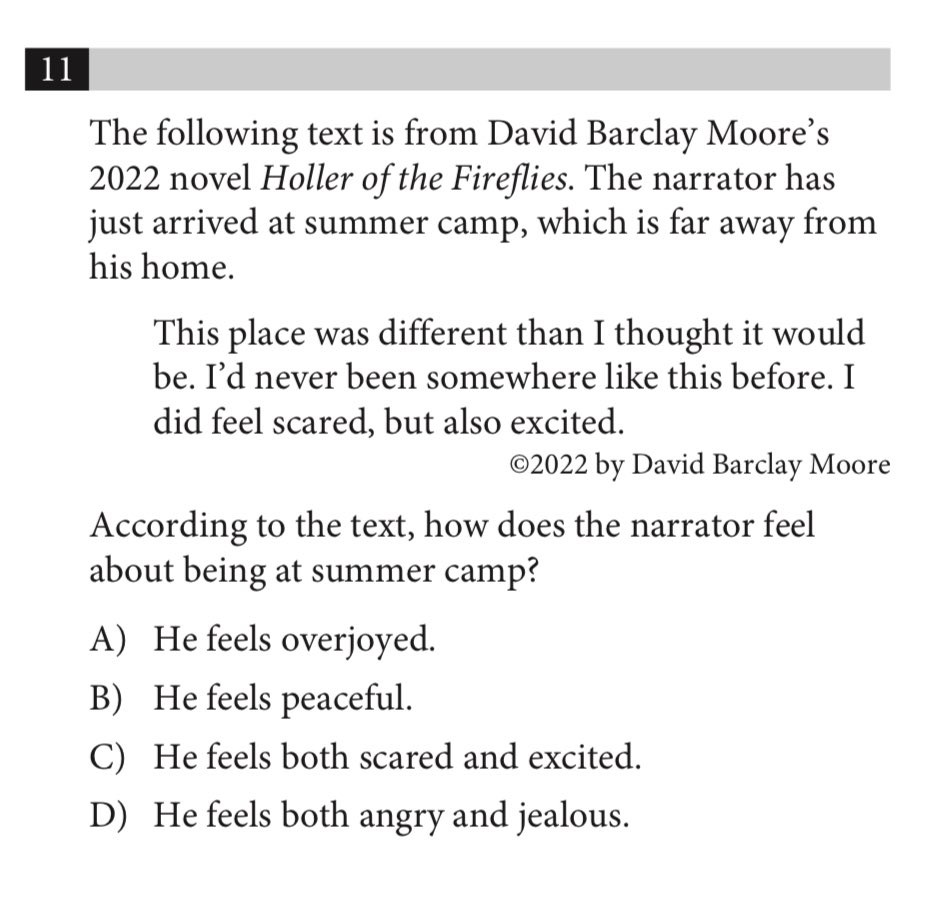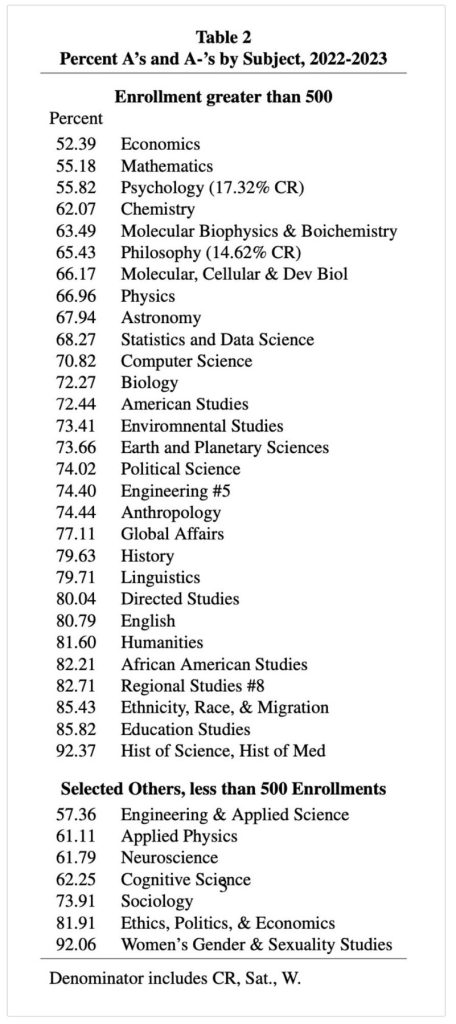Via a kind reader:
As a supporter and campaign contributor to Mia Pearson’s MMSD school board races, I am deeply disappointed to report that on Friday evening, MMSD Board Vice President — Mia Pearson was arrested for disorderly conduct and resisting arrest, alongside — Nextdoor – Nextdoor
———
Chris Rickert:
According to a report about the incident posted in the police department’s daily call log, Grayson, 45, and Pearson, 38, were reported to be yelling and throwing things in or near a vehicle in the 100 block of East Doty Street. When officers arrived, Grayson was outside the vehicle but then got back into it despite being told not to by police.
“Officers provided instructions to exit the vehicle and she refused,” the call log says. “She was removed from the vehicle. An odor of intoxicants was present. The driver refused to cooperate with field sobriety testing.”
Police said Pearson was “also uncooperative with officers.”
Pearson has been on the board since 2021, winning a second, three-year term in 2024. In both elections, she ran unopposed.
She is also a member of the Madison Police Civilian Oversight Board, a citizen board that, in conjunction with the city’s independent police monitor, conducts independent investigations of Madison police.
The independent monitor’s office on Monday morning put out a statement saying it was aware of Pearson’s arrest and is investigating the incident.
———
David Blaska:
Madison police were withholding further details “due to who the people are; they’re pretty well known.” The charges are being referred to the district attorney’s office, which may or may not bring charges. Police officials this morning told the Policy Werkes that the report is “lengthy.”
Madison Police did release the following today, without naming names:
10:53 pm [12-19-25] — Central — Disturbance: Officers responded to a disturbance involving a vehicle that was occupied by two suspects (45-year-old female driver and 38-year-old female passenger). It was reported that the suspects were yelling and throwing things. The driver was outside the vehicle when officers arrived. She got into the vehicle, despite being told not to. Officers provided instructions to exit the vehicle and she refused. She was removed from the vehicle. An odor of intoxicants was present. The driver refused to cooperate with field sobriety testing. The driver was arrested for disorderly conduct (3 counts) and operating a motor vehicle while under the influence. The passenger was arrested for disorderly conduct and resisting.
Other source indicate to the Policy Werkes that the incident was witnessed by the public and captured on cell phone and police body-camera footage.
———
Erin Gretzinger:
Maia Pearson, vice president of the Madison School Board, was arrested by Madison police late Friday on charges of disorderly conduct, authorities confirmed to the Cap Times.
Pearson was booked into the Dane County Jail at 1:22 a.m. on Saturday, according to Elise Schaffer, the public information officer for the Dane County Sheriff’s Office. Pearson posted bail and was released about one hour later, Schaffer said.
A Police Department spokesperson confirmed Pearson was arrested and said more information would be released soon. Madison’s Office of the Independent Police Monitor is reviewing the arrest, according to city officials.
———
Samantha Calderon:
Officers were called to a business on East Doty Street right before 11 p.m. after employees reported a vehicle had driven over cones into a loading zone and caused a disturbance. Pearson and the driver, Urban Triage CEO Brandi Grayson, allegedly refused to exit the vehicle and were removed by officers.
Police said an officer smelled an odor of intoxicants on Grayson’s breath, and she refused to take field sobriety tests. Grayson was subsequently taken to the hospital on a warrant for a blood draw.
“An internal investigation and review will occur into this incident. MPD is aware of a review also being done by the Office of the Independent Police Monitor and is cooperating with that review,” Madison police said.
———
Madison taxpayers have long supported far above average (now > $25,000 per student) K-12 tax & spending practices. This, despite long term, disastrous reading results.
Madison Schools: More $, No Accountability
The taxpayer funded Madison School District long used Reading Recovery…
The data clearly indicate that being able to read is not a requirement for graduation at (Madison) East, especially if you are black or Hispanic”
My Question to Wisconsin Governor Tony Evers on Teacher Mulligans and our Disastrous Reading Results
2017: West High Reading Interventionist Teacher’s Remarks to the School Board on Madison’s Disastrous Reading Results
Madison’s taxpayer supported K-12 school district, despite spending far more than most, has long tolerated disastrous reading results.
“An emphasis on adult employment”
Wisconsin Public Policy Forum Madison School District Report[PDF]
WEAC: $1.57 million for Four Wisconsin Senators
Friday Afternoon Veto: Governor Evers Rejects AB446/SB454; an effort to address our long term, disastrous reading results
Booked, but can’t read (Madison): functional literacy, National citizenship and the new face of Dred Scott in the age of mass incarceration.
When A Stands for Average: Students at the UW-Madison School of Education Receive Sky-High Grades. How Smart is That?
